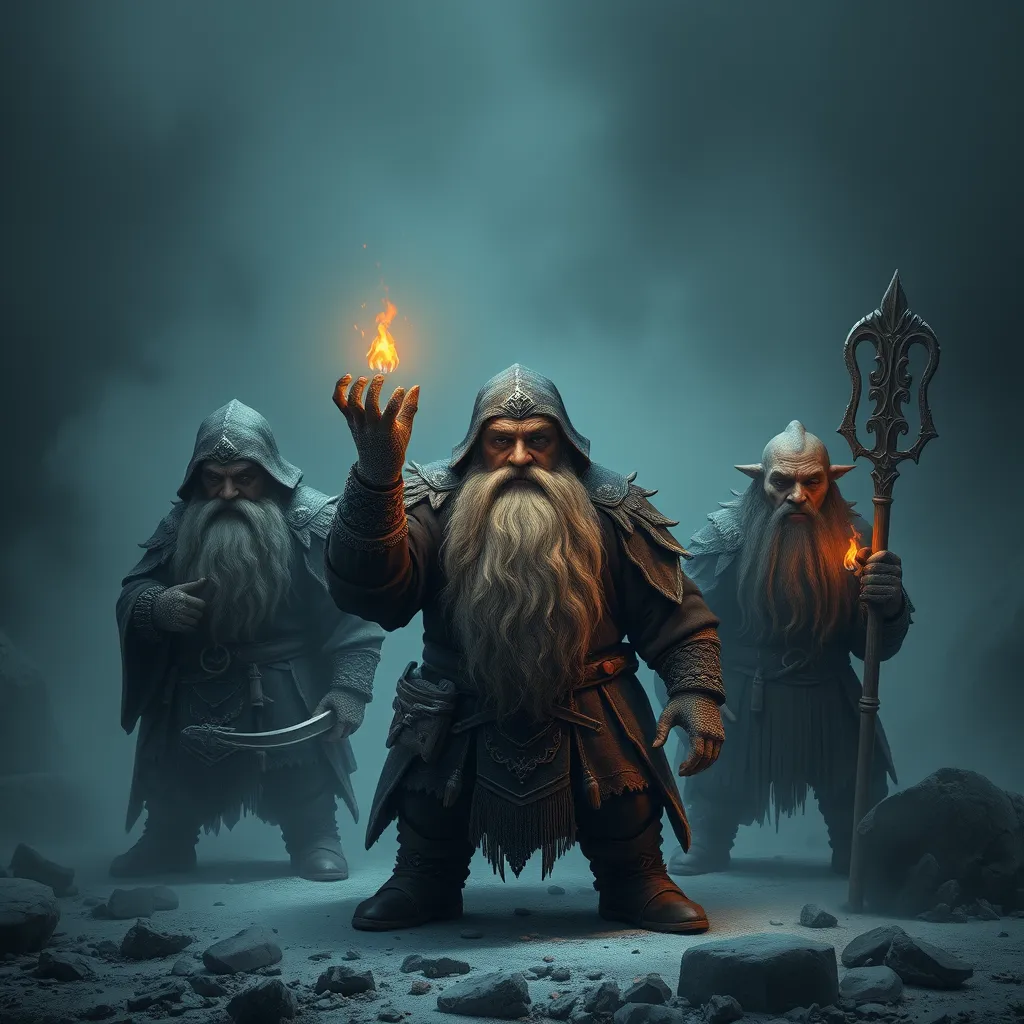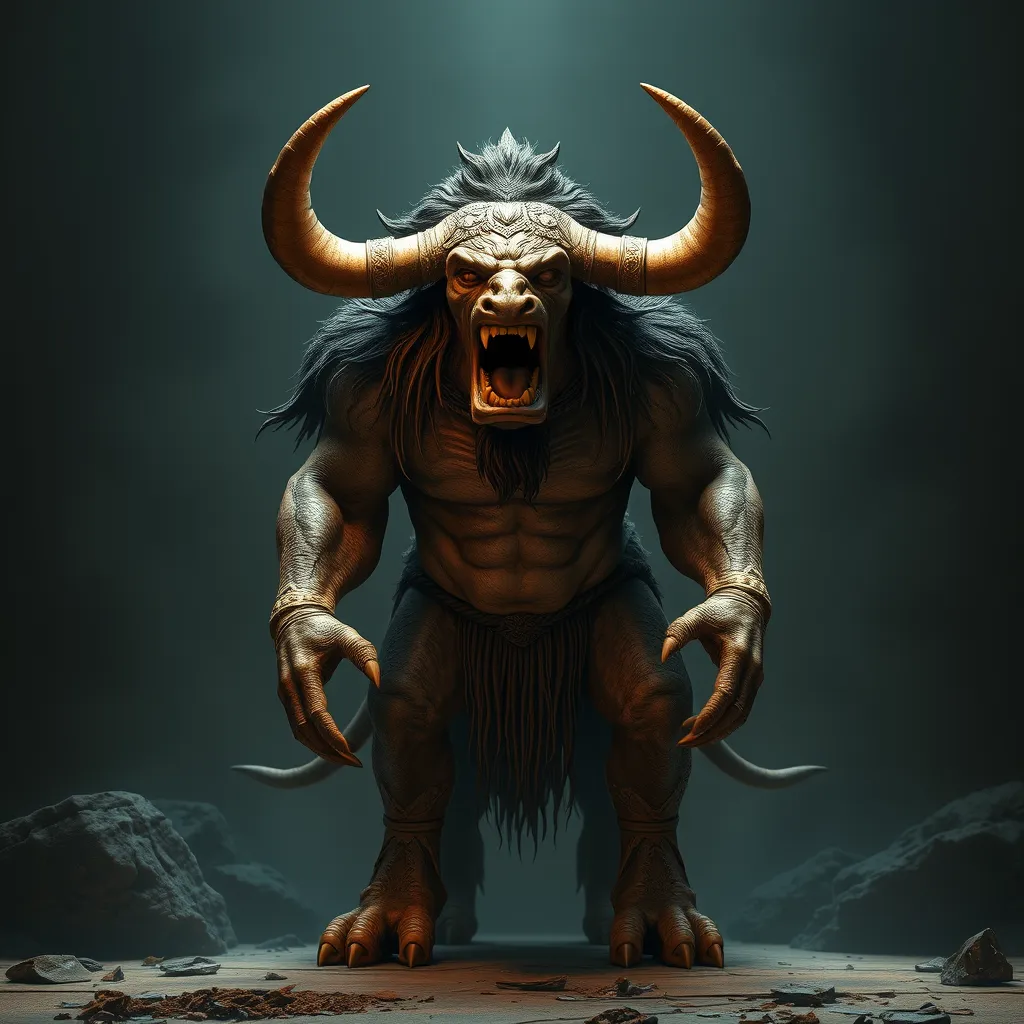The Dwarven Legacy: Examining the Impact of Dwarf Culture on Modern Society
I. Introduction
Dwarf culture, often characterized by rich traditions, exceptional craftsmanship, and a strong sense of community, has fascinated people for centuries. It encompasses the myths, values, and social structures that have emerged from the stories and histories of dwarves in various cultures. This article aims to explore the profound impact of dwarf culture on modern society, examining its historical roots, values, craftsmanship, architectural styles, representations in popular culture, and the current state of dwarf communities.
Understanding the legacies of different cultures, including that of dwarves, is crucial for appreciating the diversity of human experience. By delving into the intricacies of dwarf culture, we can better acknowledge its contributions to our contemporary world.
II. Historical Context of Dwarven Culture
The origins of dwarf culture can be traced back to various mythologies and folklore across the globe. In Norse mythology, for instance, dwarves are depicted as master blacksmiths and artisans, responsible for crafting some of the most powerful artifacts, including Thor’s hammer, Mjölnir. Similarly, in Celtic legends, dwarves, or “gnomes,” are associated with the earth and treasure, reflecting their connection to nature and mining.
Throughout history, dwarves have been represented in literature and media, evolving from mere mythical beings to complex characters in modern narratives. Notable works such as J.R.R. Tolkien’s “The Hobbit” and “The Lord of the Rings” have played a significant role in shaping the public perception of dwarves, portraying them as brave, resilient, and loyal individuals.
The evolution of dwarf culture is marked by its adaptation to changing societal contexts. From ancient folklore to contemporary fantasy genres, the portrayal of dwarves has shifted, reflecting broader cultural values and challenges.
III. Dwarven Values and Beliefs
At the heart of dwarf culture lie several key principles that define their way of life. These include:
- Craftsmanship: Dwarves are renowned for their exceptional skills in mining, metallurgy, and craftsmanship, often producing intricately designed objects and weapons.
- Loyalty: A strong sense of loyalty to family and community is a cornerstone of dwarf culture, emphasizing the importance of kinship and support.
- Community: Dwarven society is built around the idea of community, where individuals work together for the collective good, fostering strong bonds among members.
The significance of tradition and ancestry cannot be overstated in dwarf culture. Dwarves often honor their ancestors through rituals and storytelling, ensuring that their heritage is preserved and passed down through generations. Additionally, religious beliefs and spirituality play a pivotal role, with many dwarves venerating deities associated with craftsmanship, earth, and mining.
IV. Dwarven Influence on Modern Craftsmanship
The legacy of dwarf craftsmanship is evident in various modern artisan movements. Dwarven techniques in mining and metallurgy have inspired contemporary craftsmen who seek to revive traditional methods. This influence can be seen across different domains:
- Blacksmithing: The art of blacksmithing, heavily influenced by dwarven methods, has seen a resurgence, with many artisans creating custom tools and weapons.
- Jewelry Making: Dwarven-inspired jewelry, often featuring intricate designs and gemstone settings, is popular among modern artisans.
- Woodworking: The craftsmanship of dwarves can also be seen in modern woodworking, where traditional techniques are applied to create beautiful furniture and decorative pieces.
Case studies of modern craftsmen influenced by dwarf culture reveal a dedication to quality, an appreciation for heritage, and a commitment to community. These artisans often participate in local markets and festivals, sharing their skills and promoting the values inherent in dwarf craftsmanship.
V. Dwarven Architecture and Urban Planning
Dwarven architectural styles are characterized by their sturdy construction, intricate stonework, and a deep connection to the earth. Key characteristics include:
- Stone Structures: Dwarves often build with stone, creating durable and aesthetically pleasing structures.
- Underground Dwellings: Many dwarven homes and cities are built underground, reflecting their affinity for mining and earth.
- Functional Design: Dwarven architecture emphasizes functionality, with designs that prioritize practicality alongside beauty.
The influence of dwarven architecture can be seen in modern urban environments. Many cities have incorporated elements of dwarven design, such as the use of stone facades and functional communal spaces. Notable examples include:
- The medieval architecture of cities such as Edinburgh and Prague.
- Modern buildings that emphasize sustainability and natural materials.
VI. Dwarven Representation in Popular Culture
Dwarven characters have become iconic in films, video games, and literature. Their representation often reflects a blend of traditional traits and contemporary themes. Notable examples include:
- Gimli from “The Lord of the Rings,” who embodies bravery and loyalty.
- Durin’s folk from the “Hobbit” series, showcasing the importance of heritage and community.
- Dwarven characters in video games like “World of Warcraft,” where they are depicted as skilled craftsmen and warriors.
These representations shape public perception of dwarf culture, often highlighting their strengths while occasionally perpetuating stereotypes. The role of fantasy genres in preserving and adapting dwarf legacies is crucial, as they allow for the exploration of these characters and their values in diverse ways.
VII. Dwarven Community and Identity in the Modern World
In the modern world, communities that embrace dwarf culture are thriving. These communities often celebrate their heritage through cultural festivals and gatherings, fostering a sense of belonging and identity. Events such as:
However, challenges remain in preserving dwarf heritage. Modern societies often overlook the significance of diverse cultural influences, leading to a risk of cultural dilution. Opportunities exist, though, for communities to engage with wider audiences and promote their unique legacies through education and collaboration.
VIII. Conclusion
In summary, the dwarven legacy has made a profound impact on modern society, influencing craftsmanship, architecture, and cultural representation. The values of loyalty, community, and craftsmanship continue to resonate, reminding us of the importance of tradition and heritage. As we reflect on the ongoing relevance of dwarf culture, we are encouraged to explore and appreciate the diverse cultural influences that shape our world. By doing so, we not only honor the legacy of dwarves but also enrich our understanding of humanity’s rich tapestry of cultures.



